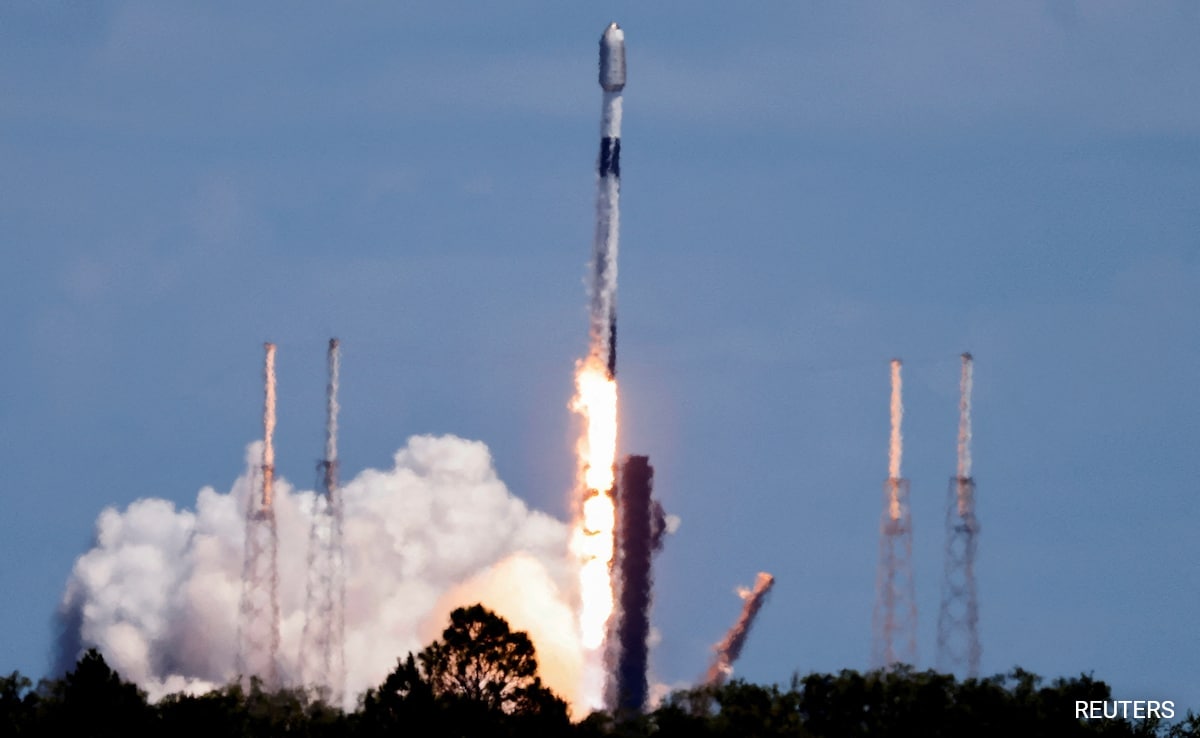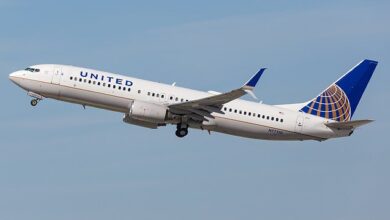NASA launches Crew-9 to rescue astronauts stranded on ISS

NASA is gearing up for a crucial mission this week as it launches the SpaceX Crew-9 flight to the International Space Station (ISS) on September 26. The mission will see NASA astronaut Nick Hague and Russian cosmonaut Alexander Gorbunov travel from Roscosmos to the ISS. However, the mission has taken an unexpected turn and has been transformed into a rescue mission due to recent developments.
Change in crew dynamics
Initially, the plan included two additional NASA astronauts, Zena Cardman and Stephanie Wilson, to join Hague and Gorbunov. However, to address the urgent need for a safe return, they were replaced by Butch Wilmore and Sunita Williams. The latter duo were stranded on the ISS after technical problems with their ride home, Boeing’s Starliner, which suffered significant malfunctions, including multiple thruster failures and leaks in the propulsion system. As a result, NASA decided to return the spacecraft to Earth without a crew on September 7, 2024.
Making safety a priority
The decision to keep Wilmore and Williams aboard the ISS was largely driven by safety concerns. NASA Administrator Bill Nelson emphasized the agency’s commitment to avoiding unnecessary risks to astronauts. While Wilmore and Williams were initially expected to have a short mission of about 10 days, they are now facing a longer stay in space, approaching eight months. This adjustment underscores the challenges faced in maintaining astronaut safety during missions.
Historic Milestones for Crew-9
In addition to serving as a rescue mission, Crew-9 will mark several important milestones for NASA. This launch will be the first crewed flight from Space Launch Complex-40 at Cape Canaveral Space Force Station. Additionally, Nick Hague will be the first active-duty U.S. Space Force Guardian to launch into space since the branch’s creation in 2019, underscoring the changing landscape of space exploration.
Conclusion
The circumstances surrounding this mission highlight the unpredictable nature of space travel and the need for adaptive strategies to ensure astronaut safety. As NASA continues to navigate these challenges, the Crew-9 mission is an example of resilience and innovation in the pursuit of space exploration.




